According to many artisans in Gia Thuy pottery village, Gia Thuy commune, Nho Quan district (now Gia Tuong commune, Ninh Binh province), Gia Thuy pottery originated in 1959 when a number of potters from Thanh Hoa migrated here and opened pottery kilns specializing in making daily life utensils for the people such as jars, pots, pots, etc. After that, the people along the Boi river have continuously cultivated, learned and developed the craft to this day.
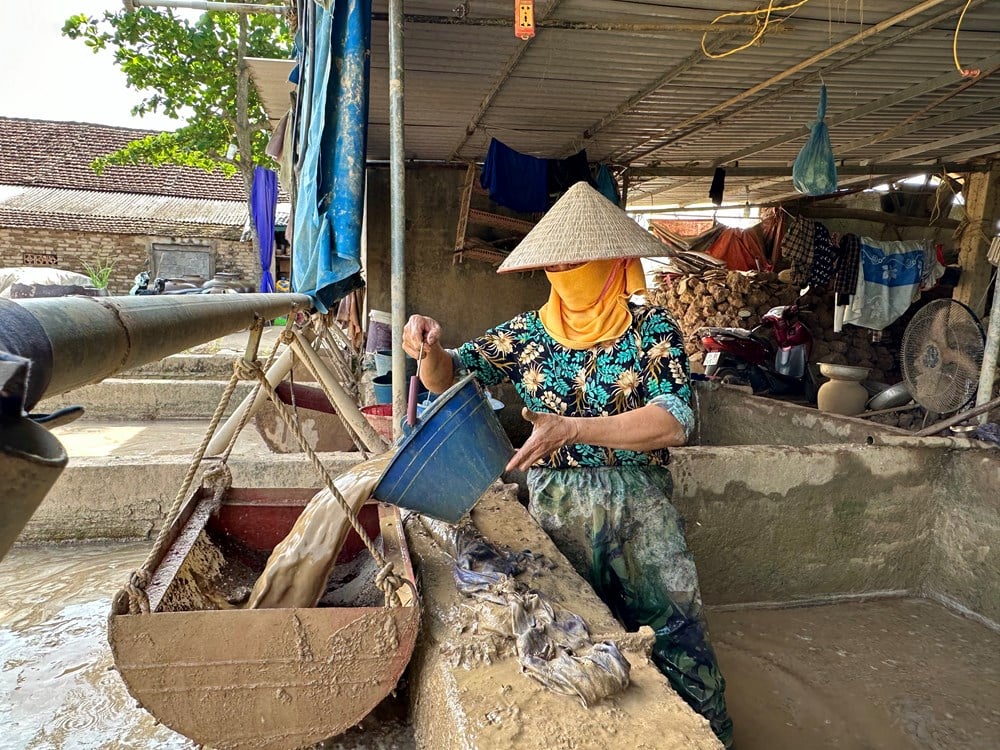
Characteristics of soil
Mr. Trinh Van Dung, the third generation in a family with a long tradition of pottery, currently the Director of Gia Thuy Pottery Cooperative, said: "Gia Thuy pottery is not a native craft, however, due to the available and special local raw materials, combined with the talented hands and love of the craftsmen, it has created a strong vitality for Gia Thuy pottery."
Gia Thuy pottery has its own unique and different features compared to many other famous pottery types because the soil here is extremely special when mixed with three colors of brown, green, and yellow soil, with high adhesion, smoothness and good heat resistance.
After being carefully selected, the soil will be dried, then crushed and soaked in a tank for 5-7 hours. Next, the worker will stir it well, then filter it through a sieve to select the soil, the best soil will be dried in the yard or stuck on the wall.
It looks simple, however, this drying stage is very difficult to make pottery if the soil is too dry or too wet. Therefore, the craftsman must constantly observe the soil's moisture when drying to ensure its plasticity. After that, the soil is transferred to the workshop, where the craftsman will trample the soil three more times, then the soil is ready to be shaped.
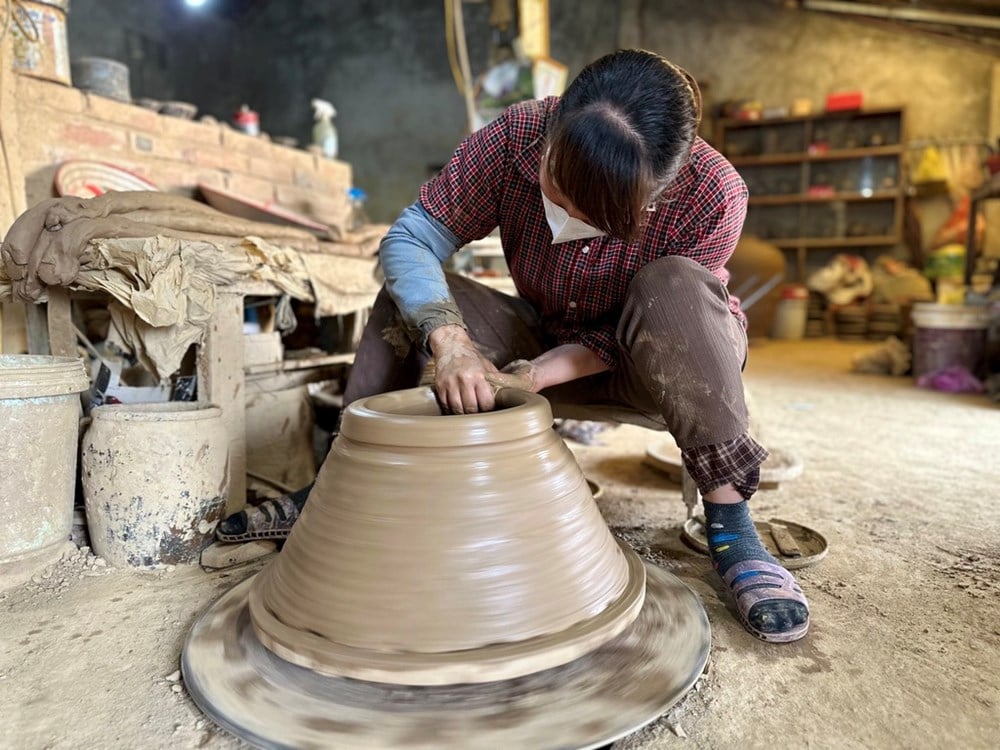
Depending on each product, the craftsman will roll the clay into different shapes. For jars, the craftsman will mold long, round clay strands so that when placed on display, they will fit together easily. The skilled craftsmen of the village can create 20 large-sized products per day and about 50-60 small-sized products.
Artisan Nguyen Thi Mai said: “I was destined to be a pottery artist when I was just a little girl following my father to the workshop. After 35 years of dedication, the love for earth and pottery still flows in my veins. I am currently in charge of shaping (in the profession called whittling). When whittling, it requires a high aesthetic eye and the dexterity and flexibility of the hands to both shape and create uniform thickness and thinness for the product.”
Artisan Dinh Ngoc Ha, who specializes in decorative motifs, shared: “Gia Thuy pottery mainly uses popular motifs, imbued with national culture such as the Four Noble Ones, lotus flowers, etc. When decorating, in addition to skillful hands, love for the profession, and perseverance, artisans need to understand Vietnamese national culture to avoid bringing mixed images and cultures to traditional ceramic products.”
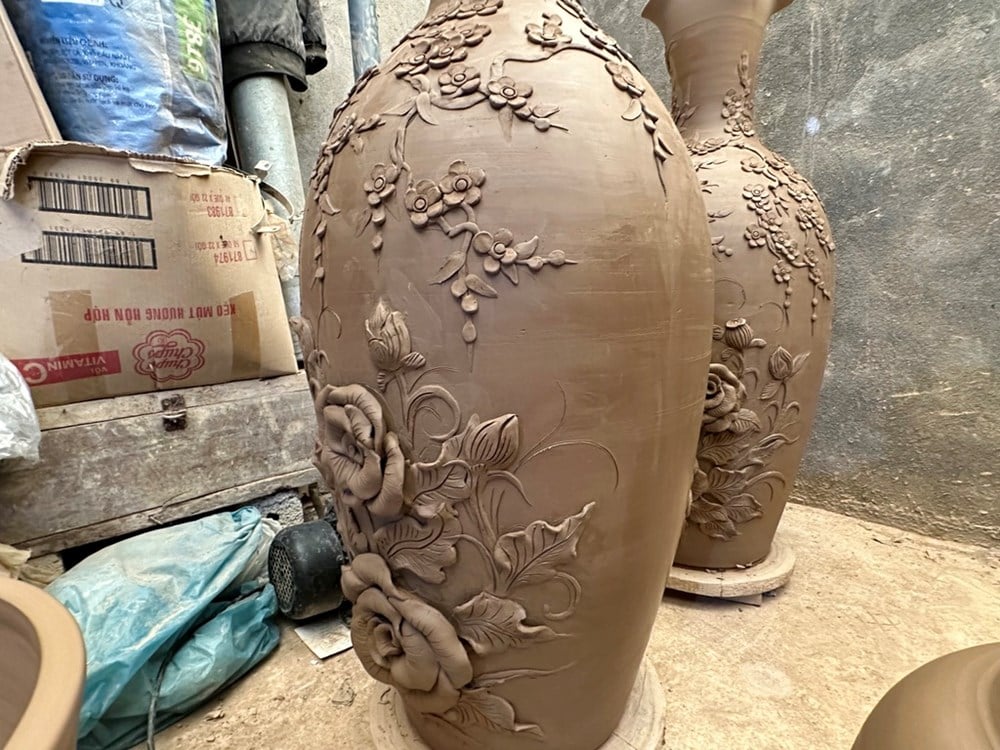
After being completely shaped, the product is dried naturally in the sun, then put into a traditional wood-fired kiln at a temperature of 1,200 - 1,500 degrees for 3 days and 3 nights. The finished ceramic has a shiny brown skin (commonly called eel skin glaze), holds water without being absorbed, and holds wine with a fragrant, smooth texture.
"Keeping the fire" of traditional profession
In the past, during the golden age of the craft, the whole village had over 40 pottery workshops, many of which had hundreds of regular workers. However, due to the fluctuations of time and the market, most of the artisans in the craft village now concentrate on production at Gia Thuy Pottery Cooperative to develop the craft village together.
More than 60 years have passed but Gia Thuy pottery still retains its own unique features, this is a type of pottery that is not glazed but left unfinished and fired. Gia Thuy pottery products look rough, simple, without many elaborate motifs, or gold plating... like many other pottery products, but still ensure harmony, sophistication, simplicity and high use value.
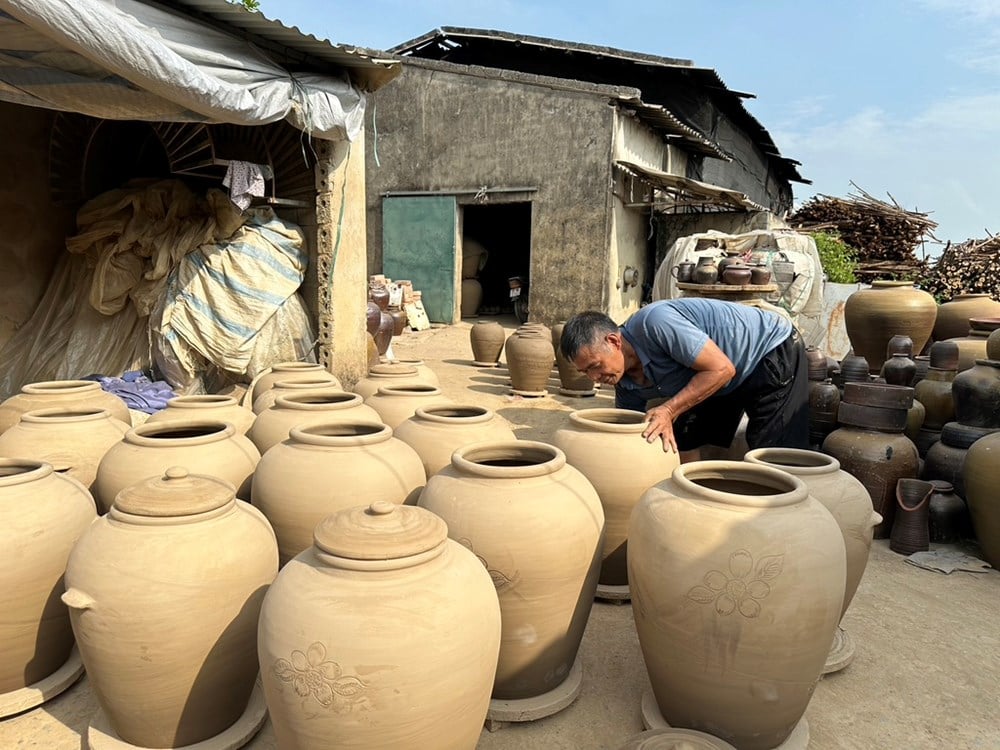
To meet the higher demand of the market, in addition to the main product lines such as jars, pots, urns, teapots, etc., the craft village has now produced many lines of handicraft products that are well received by the market.
Artisan Trinh Van Dung said: The cooperative currently has more than 60 workers, including 10 artisans, many of whom have decades of experience in the profession. Every year, the craft village produces thousands of products, and they sell out as soon as they are released. Especially near Tet, visitors from all over the country flock to the cooperative, making it work tirelessly to supply the market.
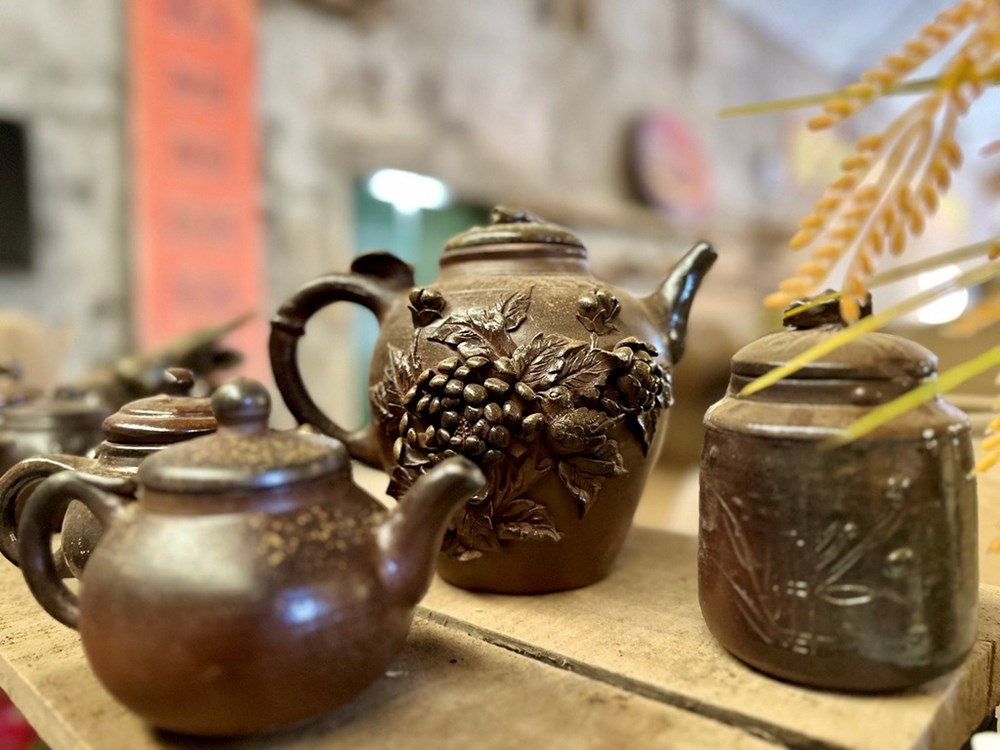
“Although the product output is good, raw materials are gradually becoming scarce, from local clay to firewood. In addition, the cooperative is also facing difficulties in accessing capital to expand production,” Mr. Dung added.
It is known that to ensure production for the craft village, the local government has planned a 2-hectare raw material area. Along with that, supporting production sites, the cooperative mobilizes capital to carry out construction. Especially, it continuously supports vocational training for the younger generation to follow their ancestors in "keeping the fire" for Gia Thuy pottery.
Gia Thuy pottery village was recognized as a traditional craft village in 2007. The village has created jobs for more than 60 workers. The average income is 7.5 million VND, while skilled workers earn from 15 to 20 million VND/person/month. Gia Thuy pottery products are also available in foreign markets such as Laos, Cambodia, and Japan. |
Source: https://baovanhoa.vn/van-hoa/dac-sac-gom-gia-thuy-151918.html



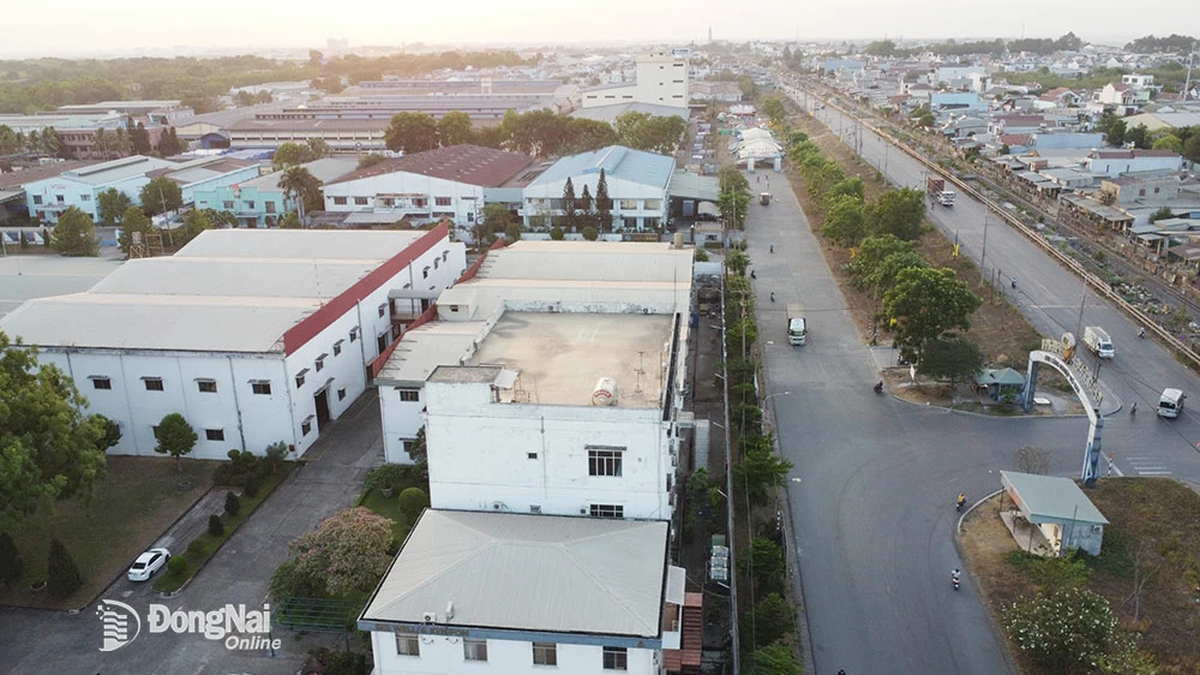
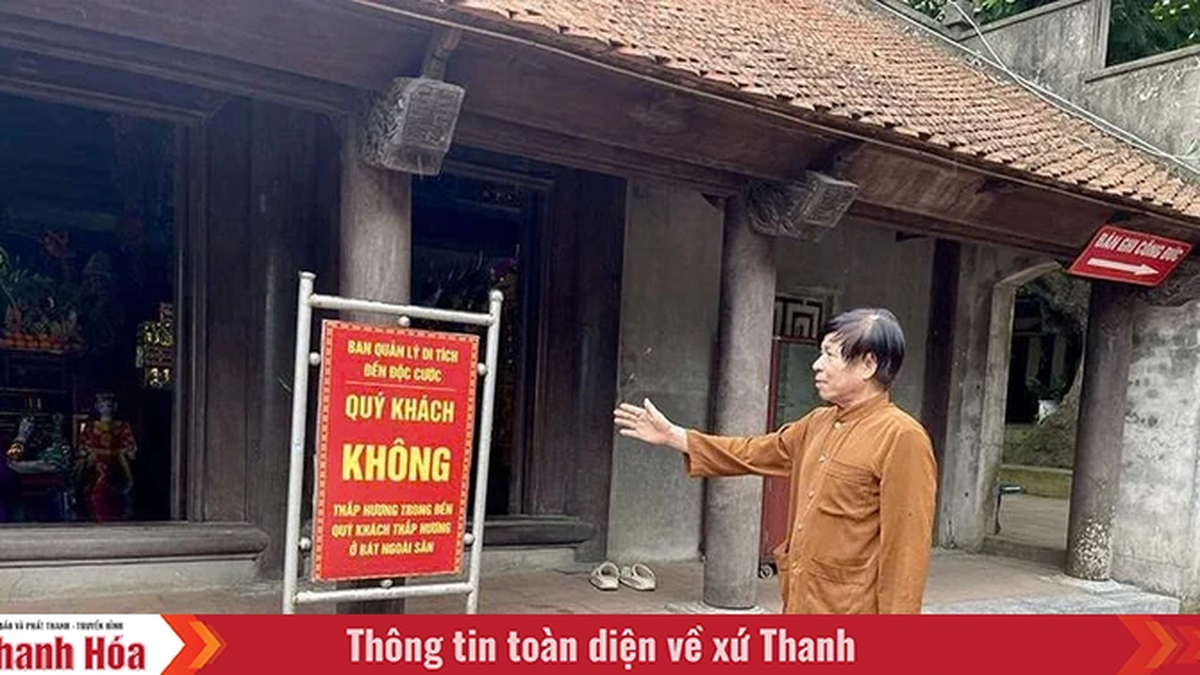



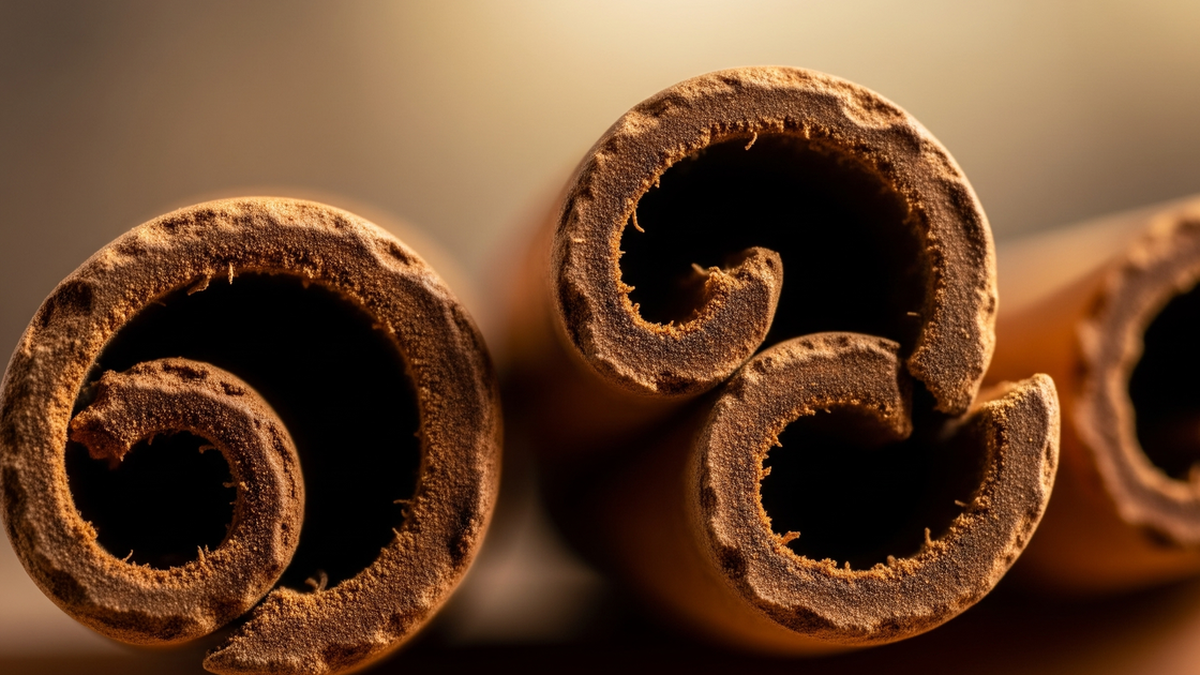


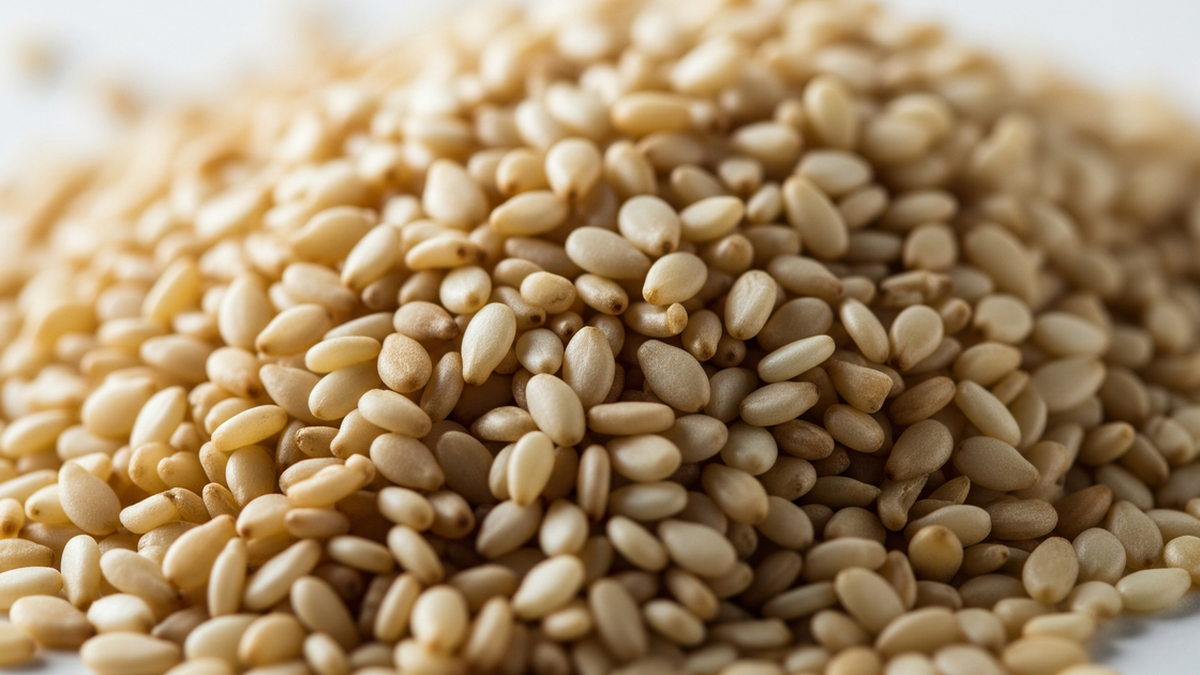








































![[Maritime News] More than 80% of global container shipping capacity is in the hands of MSC and major shipping alliances](https://vphoto.vietnam.vn/thumb/402x226/vietnam/resource/IMAGE/2025/7/16/6b4d586c984b4cbf8c5680352b9eaeb0)













































Comment (0)